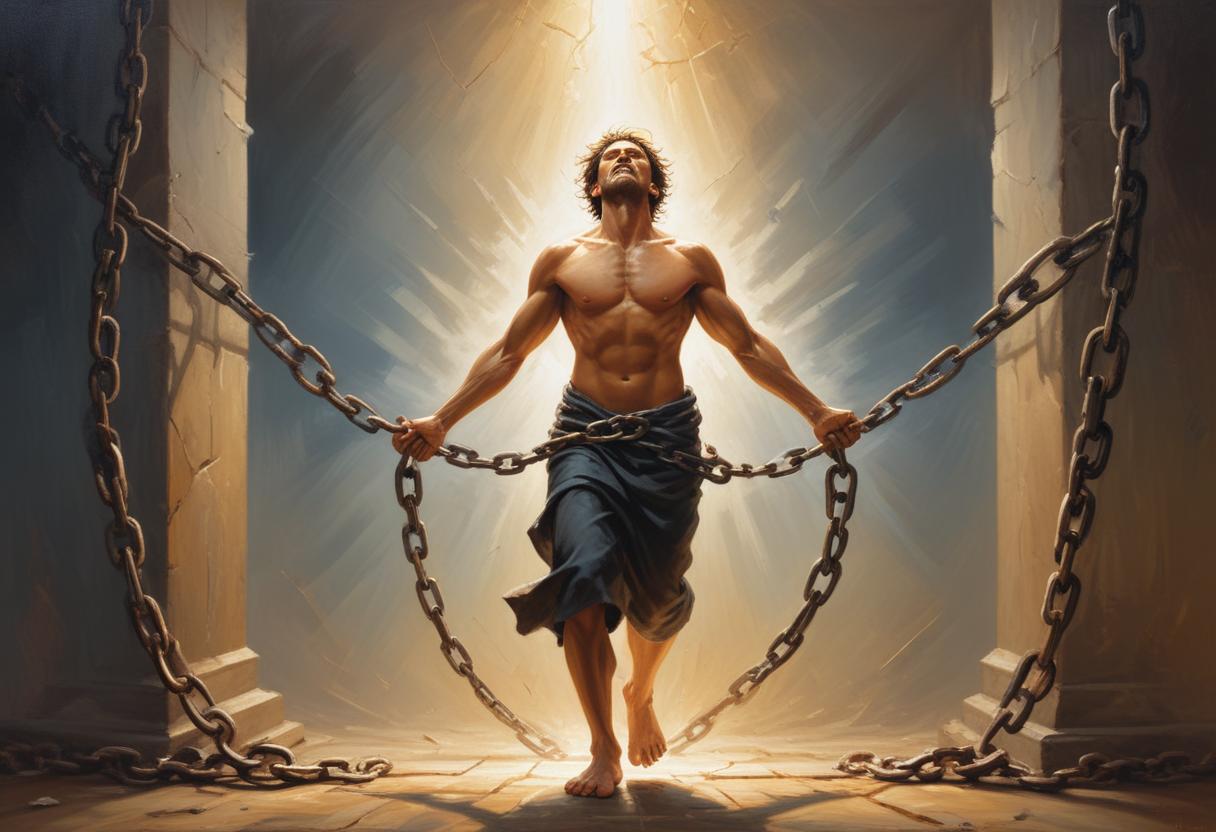
Goddess Durga, is a symbol of power, courage, love, and care. Durga maa is worshipped in various forms and names, each representing different aspects of the goddess. In this article we will share lesser-known or interesting facts about Durga Mata, providing insights into her significance and the traditions associated with her worship.
1. Durga: The Other Half of Shiva
Durga is considered the other half of Shiva, representing his expression, while Shiva is the form3. This concept highlights the balance and unity between masculine and feminine energies, emphasizing the importance of both aspects in the divine realm.
ये भी पढें
Chaitra Durga Ashtami 2024: Significance, Rituals, and Celebrations of Basanti Durga Ashtami
Navratri Recipes for fast: Breakfast, lunch and dinner
Navratri First Day: Celebrating the Divine Feminine
Festivals in April 2024: When is Ram Navami, Navratri and Hanuman Jayanti
Maa Durga Aarti
2. The Name Durga
The name Durga is derived from the Sanskrit roots ‘dur’ (difficult) and ‘gam’ (pass, go through). According to Monier Monier-Williams, Durga means ‘beyond reach,’ signifying her invincible and unreachable nature
3. Durga in Hindu Mythology
Durga appears in Hindu mythology in numerous forms and names, each representing a unique aspect of the goddess. She is imagined to be terrifying and destructive when she has to be, but benevolent and nurturing when she needs to be
4. Durga-Puja Celebrations
Durga-Puja is celebrated in many countries, including Bangladesh, where it is the most important religious festival for Hindus. In Sri Lanka, Durga is celebrated in the form of Vaishnavi, bearing Vishnu’s iconographic symbolism. In Japanese Buddhism, she appears as Butsu-mo.
5. The Soil from Brothels
The soil in front of a brothel is considered highly pure, as it is believed that a man leaves behind all his purity at the threshold of the brothel. This soil is begged from a brothel and used in carving the idol of Goddess Durga, symbolizing her acceptance of all aspects of humanity
6. Daaker Saaj: The Oldest Form of Durga Idol
Daaker Saaj is the oldest and most conservative form of Durga idol, made using imported beaten silver or rangta’ from Germany. The name Daaker Saaj comes from the fact that the idol was delivered by the postal service or ‘Daak’
7. Kola Bou: The Tree Bride
Kola Bou, or the tree bride, is a banana plant adorned during Durga Puja. It is bathed in the morning as a part of rituals and placed on the right side of Maa Durga’s son, Ganesha
8. Kumari Puja: Worshipping Young Girls
Kumari Puja is a tradition started by Swami Vivekananda in 1901 in Belur Math, where young and ‘eligible’ girls are worshipped as a part of Durga Puja. This practice signifies the divine feminine power and is an inherent part of the festivities
9. Durga Puja as Garbha-Dandiya, Ramlila, and Golu
In the western part of India, Durga Puja is celebrated as Garbha-Dandiya, while in the north, it is celebrated as Ramlila. In southern India, it is known as Golu or Bonalu. Only in eastern India is it celebrated as Durga Puja
10. Maa Durga’s Weapons
The weapons in Durga’s hands, such as a mace, sword, disc, and arrow, convey the idea that different weapons must be used to fight enemies depending upon the circumstances. For example, selfishness must be destroyed by detachment, jealousy by desirelessness, prejudice by self-knowledge, and ego by discrimination


